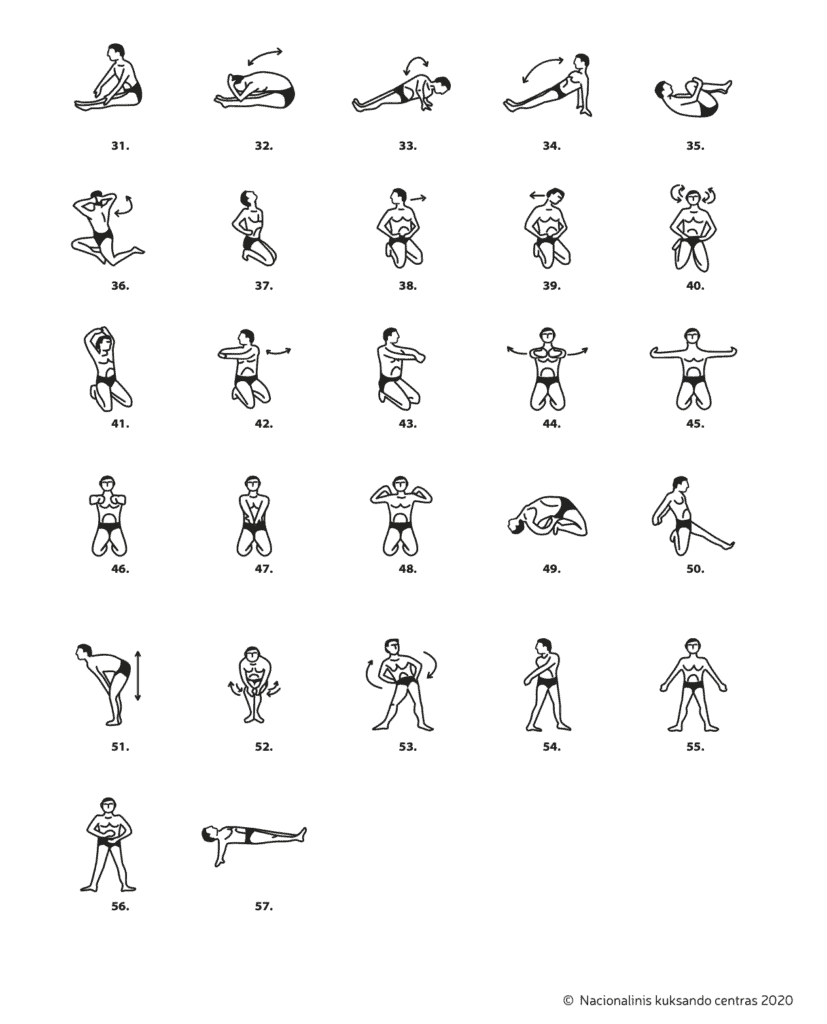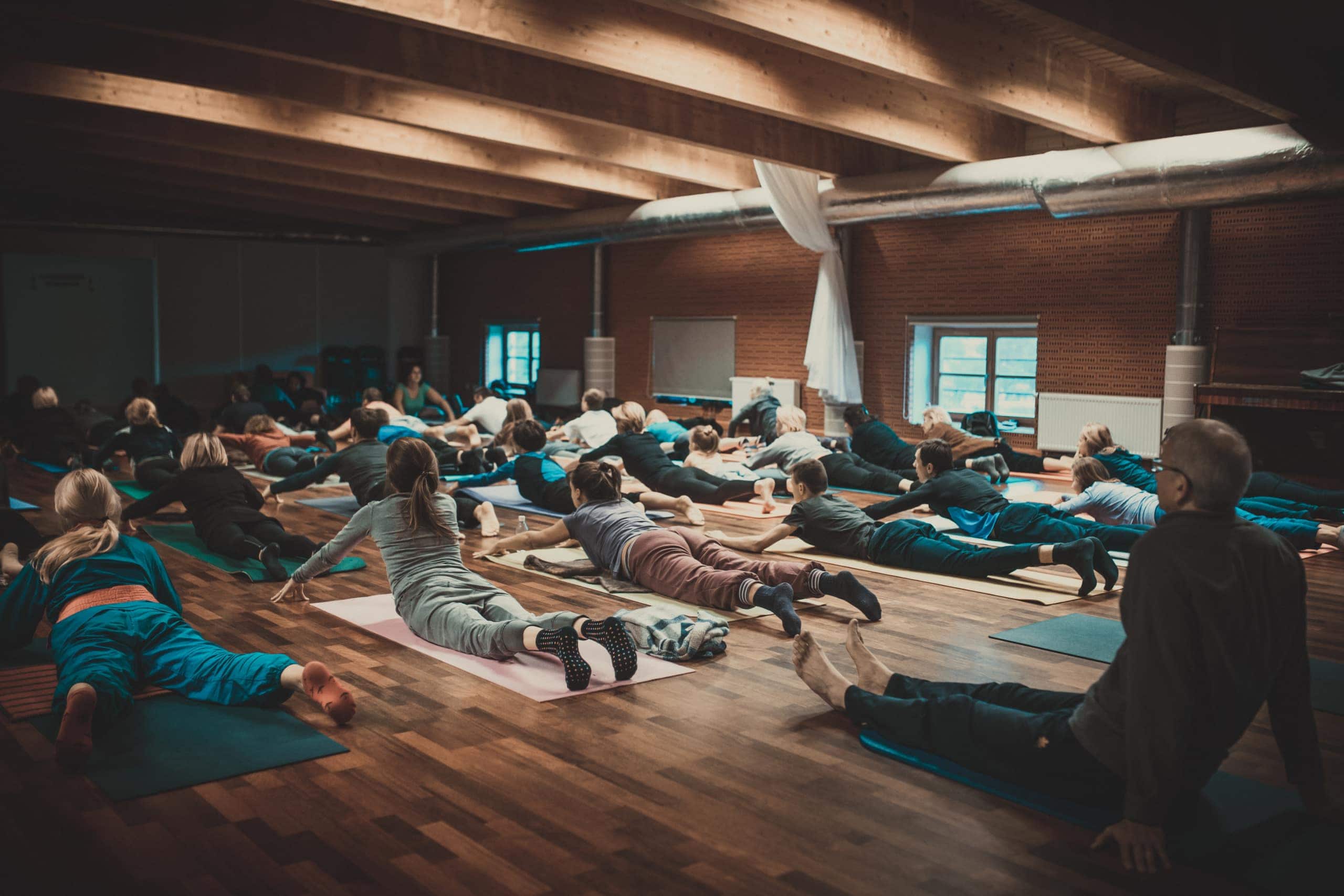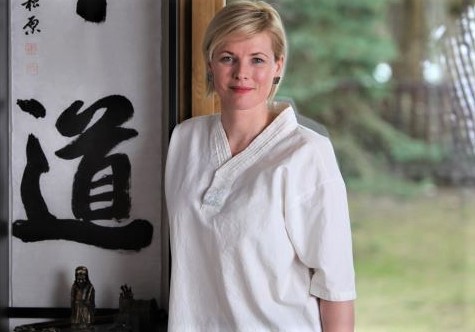Kouksundo practice
Daily Kouksundo practice consists of three parts:
- Relaxing exercise routine to warm up the body, concentrate the mind and prepare for the meditation;
- Breathing meditation;
- Exercises for spreading energy through the body.
The stretching exercises are done with a specific Kouksundo breathing technique when we breathe in, hold the breath and do the exercise. This first part takes about 12 – 17 minutes, during which blood circulation improves and the body is filled with energy.
The initial stretching exercises are followed by Kouksundo breathing meditation that fills the body with natural vital energy and the body postures send that energy to the different parts of our bodies. The meditation is guided by a special mantra that helps keep the rhythm of breathing. Overall, the Kouksundo meditation has 433 body postures. Beginners start with 25 postures.
The third part distributes the energy generated during the meditation all around the body and vital organs. This is achieved by pairing the physical movements with a unique breathing technique.
Each Kouksundo practice ends with five unique exercises designed to send the vital energy to the specific groups of vital organs.
Two-step breathing
Extract from masters’ Jin Mok book Kouksundo:
As described in his books: “two-step breathing is a natural technique of breathing where you breath in and then hold in the breath, and then release the breath as a deep out-breath from the danjeon.”
Many schools in Korea and other countries consider breathing to be the most essential aspect of any practice. Most of these schools emphasize that breathing must be calm, light, and deep. Many practice centers believe that it is not good to hold the breath for too long because it can lead to other illnesses.
That is ironic, because the secret of the Kouksundo practice is precisely the holding of the breath. The most important aspect is how we hold our breath. If we hold our breath properly, then the circulation of water and fire energy is strengthened, disease disappears, breathing becomes lighter, and a person acquires more energy. The danjeon becomes hot and the body gains strength.
However, if a person holds their breath without knowing the exact principles and methods involving breathing correctly, that will negatively affect the stomach, and the practitioner will be exhausted by fever, their eyes will become bloodshot, and they will experience dry mouth, headache, and loss of energy.
How to start?
It is always recommended to start from the seminar for the beginners or an individual lesson with a certified teacher. Both can be found in the Kouksundo Academy. You can find recordings of seminars in the academy of you can email or call us for individual online lesson. If there is a Kouksundo center in your country or region you can always start there.
After the seminar for beginners which lasts minimum 3 hours you can start practising individually using Kouksundo Academy video recordings, join the online practices or join a group in Kouksundo centres across the world.
Each month we introduce new seminars and conferences for the members of the Kouksundo Academy. We also provide consultations to the members by email, phone or Skype, messenger, etc.
Relaxation exercises


Exercises after breathing meditation



